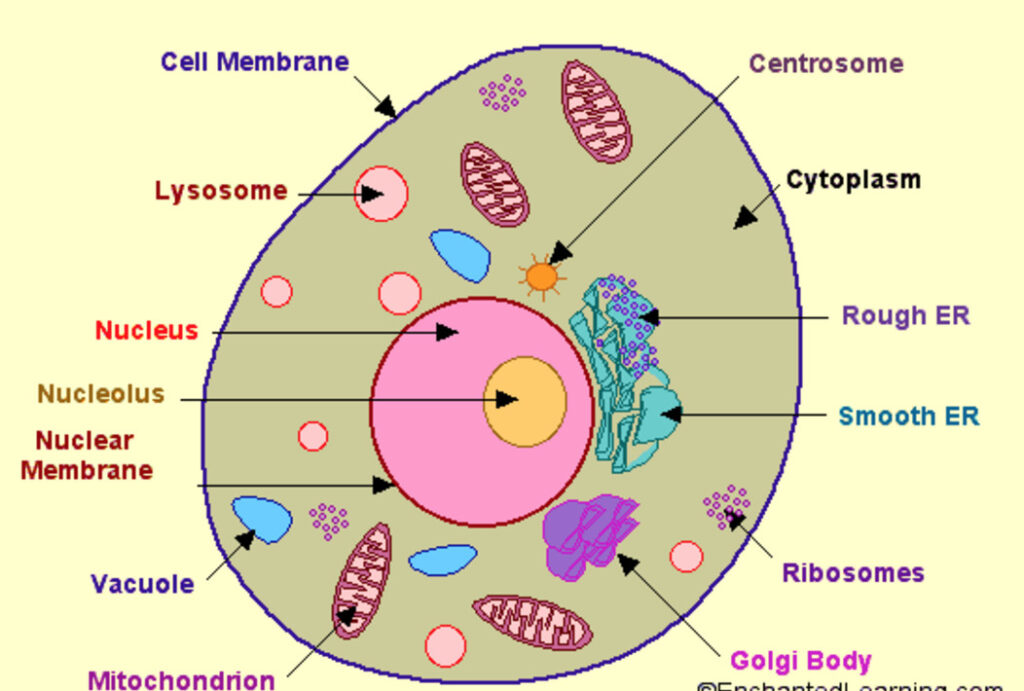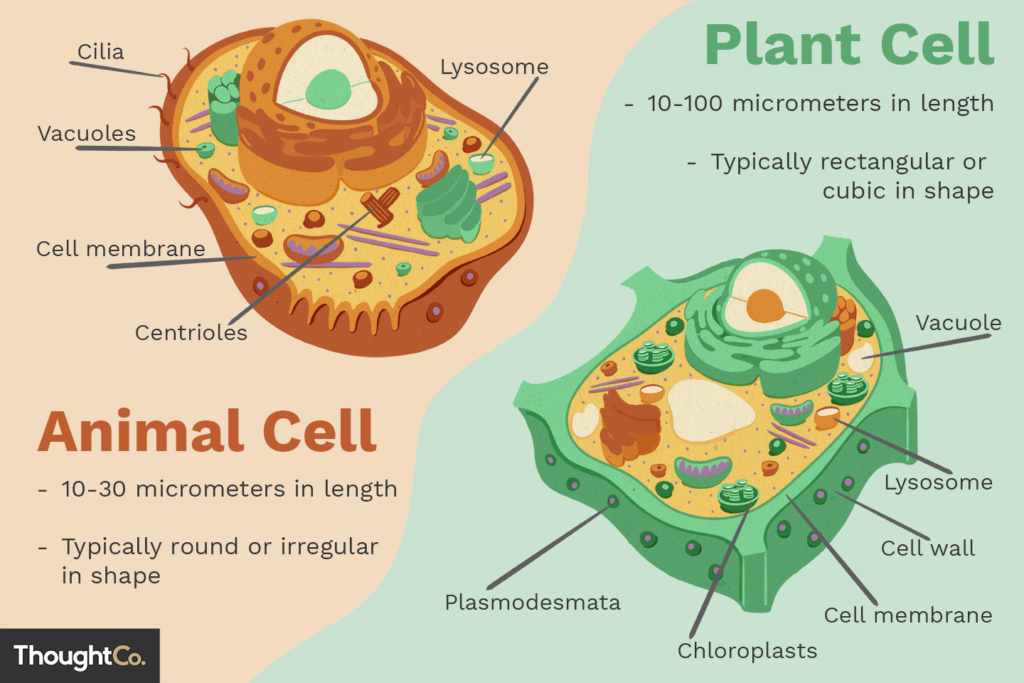In the last blog, we talked about what cells are, and about plant cells. In this post, I will explain about animal cells.

This is a diagram of the animal cell. There are many organelles in the cell, but we are just going to look at five, which are the cell membrane, lysosome, cytoplasm, nucleus, and mitochondria.
As we talked about most of them in the last post (link to the last post: https://thedstimes.com/2023/09/about-cells/), I’ll just briefly go over them. The cell membrane is what lets things from outside and the organelles interact, the cytoplasm is the goopy substance that keeps everything apart, the nucleus is the brain of the cell, and contains the cell’s DNA. Lastly, the mitochondria are the powerhouse of the cell, because it provides energy. However, lysosomes are a new thing. Lysosomes are mostly the digestive system of the cell – they degrade material taken from the outside and digest obsolete components from the cell itself.
Now as we learned about animal cells, let’s learn about the difference between the plant cell and the animal cells.

The biggest difference is that the animal cell doesn’t have a cell wall, but the plant cell does. I think this is because animals can protect themselves because they can move, but the plants usually can’t move, which is why they have cell walls. Also, animal cells doesn’t have chloroplasts. This is because the plants need to photosynthesis in order to get food, but the animals live on other living organisms to survive, so they don’t need to photosynthesis. I don’t know much about cells because I didn’t learn that much, so I’ll post more detailed information when I have the chance.
Thank you.